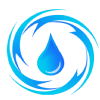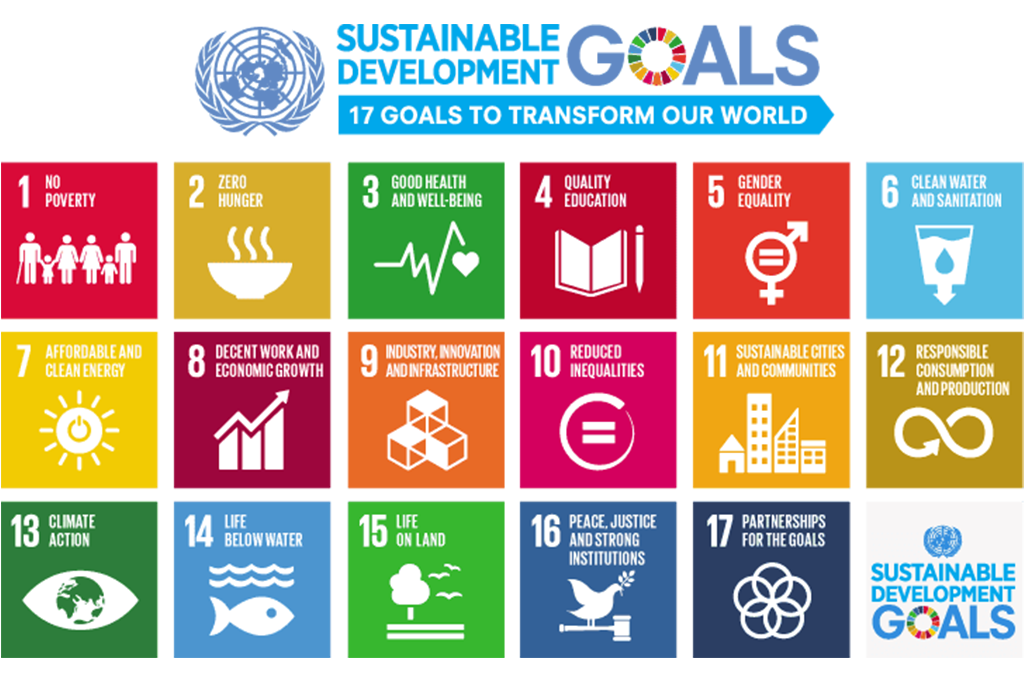Pharmaceutical contamination in water sources has emerged as a pressing environmental and health concern. Common pharmaceuticals, including antibiotics, antidepressants, and painkillers, often enter water bodies through human excretion, wastewater, and agricultural runoff. Advanced treatment technologies are needed to effectively remove these contaminants and minimize ecological impact.
Sources and Impacts of Pharmaceutical Contamination
Pharmaceuticals persist in the environment due to their stable chemical structures, posing risks to aquatic ecosystems and human health. Antibiotics in water promote antibiotic-resistant bacteria, while hormones from contraceptives disrupt aquatic reproductive systems (Kümmerer et al., 2017). Studies show that even trace concentrations of pharmaceuticals, such as diclofenac and ibuprofen, can harm fish health and biodiversity.
Innovative Treatment Technologies
Advanced oxidation processes (AOPs), such as ozonation and photocatalysis, are among the most effective for degrading pharmaceuticals in water. A study by Wang et al. (2020) demonstrated that AOPs could remove up to 95% of pharmaceuticals from wastewater. Membrane bioreactors (MBRs) also show promise, as they combine biological treatment with filtration, removing both organic pollutants and pharmaceuticals (Nguyen et al., 2019).
Prevention and Source Control
In addition to treatment, reducing pharmaceutical contamination requires source control. Proper disposal programs for unused medications can prevent pharmaceuticals from entering water systems. In Sweden, collection programs have reduced pharmaceutical waste by 20% (Larsson et al., 2018).
Toward Comprehensive Solutions
Comprehensive solutions must integrate advanced treatment technologies and effective waste management practices. Regulatory policies that mandate pharmaceutical take-back programs and treatment upgrades in wastewater facilities are essential. By addressing both treatment and prevention, societies can reduce pharmaceutical pollution in water systems.








